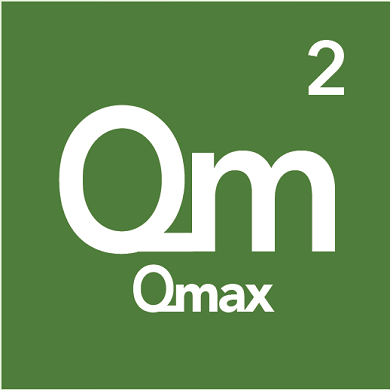Check out today’s Step 2 CK Qmax Question Challenge.
Know the answer? Post it in the comments below! Don’t forget to check back for an update with the correct answer and explanation (we’ll post it in the comments section below).
A 24-year-old G3P1 woman pregnant with twins at 34 weeks’ gestation presents to her obstetrician complaining of irregularly timed abdominal cramping and contractions. The discomfort is localized to her pelvis and has not gotten worse with time. The cervix is neither dilated nor effaced on cervical examination, and the amniotic sac is intact. During this visit a biophysical profile is performed and is normal except for a low amniotic fluid index, indicating oligohydramnios. The patient previously had an ultrasound during the second trimester and did not have oligohydramnios at that time.
Which of the following, if present, would be most likely to contribute to the development of oligohydramnios?
A. Fetal duodenal atresia
B. Maternal gestational diabetes
C. Maternal hypertension
D. Multiple gestation
E. Rh incompatibility
———————–
Want to know the ‘bottom line?’ Purchase a USMLE-Rx Subscription and get many more features, more questions, and passages from First Aid, including images, references, and other facts relevant to this question.
This practice question is an actual question from the USMLE-Rx Step 2 CK test bank. Get more Step 2 CK study help atUSMLE-Rx.com.

